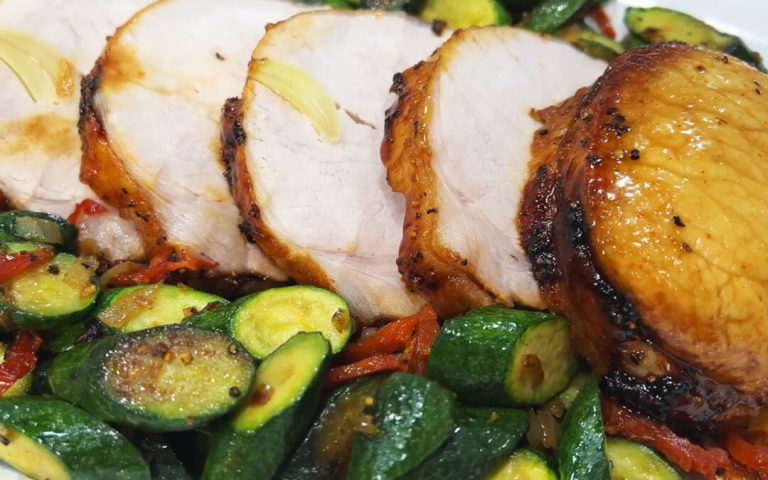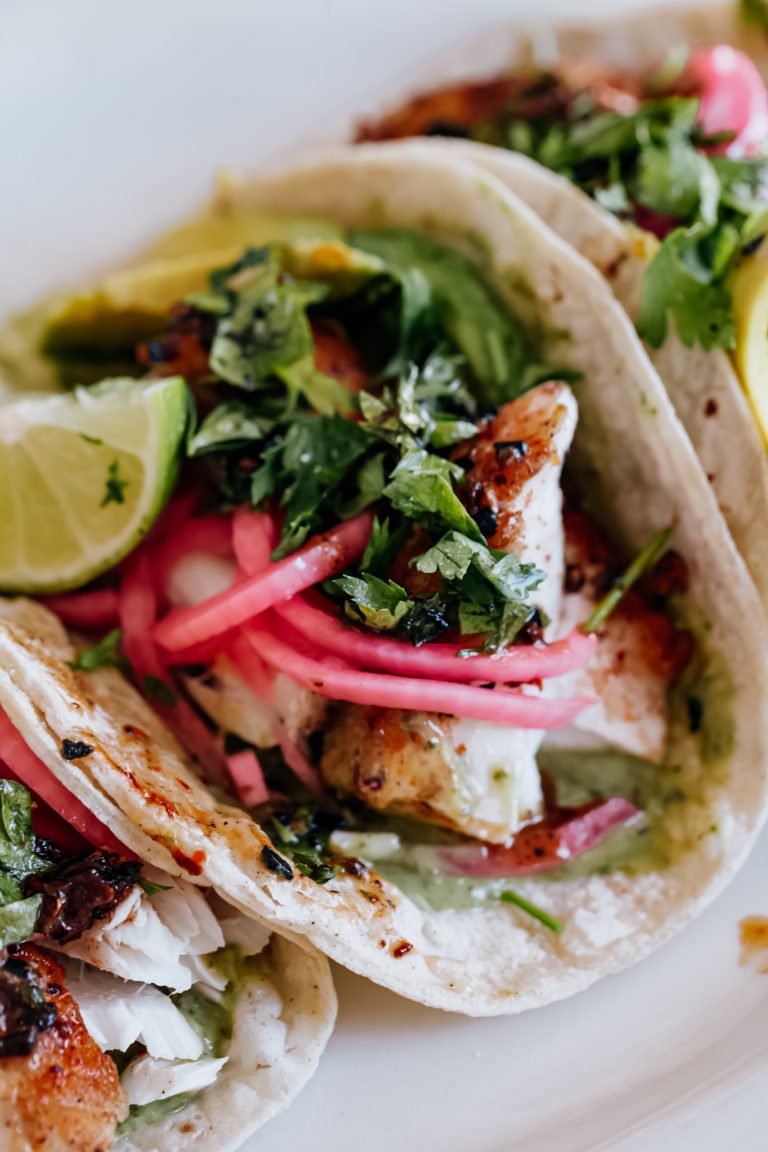Bolivian Salteñas: A Guide to Regional Varieties and Recipes
Salteñas originated in Bolivia in the early 19th century. The name salteña derives from Juana Manuela Gorriti, a native of Salta, Argentina. After fleeing to Bolivia, she began selling empanadas, which later evolved into the salteñas known today. These savory pastries became popular due to their unique filling and sweet dough.
Key Ingredients in Salteñas
Salteñas are known for their distinctive blend of ingredients, providing a rich culinary experience. Here are the main components:
- Meat: Beef, chicken, or pork, cooked until tender.
- Potatoes: Diced and cooked to complement the meat.
- Spices: Cumin, oregano, and paprika, giving the filling its unique taste.
- Sweet Dough: Made with flour, sugar, and achiote for color.
- Other Additions: Raisins, olives, and hard-boiled eggs for added texture and flavor.
These key elements combine to create salteñas’ signature taste, making them a beloved Bolivian street food.
How to Make Bolivian Salteñas
Preparing the Dough
To prepare the dough, mix 4 cups of flour, 1/2 cup of sugar, and 1 teaspoon of salt. Add 1/2 cup of melted butter, 1/2 cup of warm water, and 1 teaspoon of achiote oil for color and flavor. Knead until smooth and elastic, then cover and let it rest for 30 minutes.
Crafting the Filling
For the filling, cook 1 pound of ground beef or chicken with 1 chopped onion until browned. Add 1 diced potato, 1/2 cup of green peas, and 1/4 cup of raisins. Season with 1 teaspoon each of cumin and paprika, plus salt and pepper to taste. Add 1/2 cup of beef or chicken broth and simmer until the mixture thickens.
The Art of Sealing Salteñas
To seal salteñas, roll out the dough into 6-inch circles. Place 2 tablespoons of filling in the center and add slices of hard-boiled egg and olives if desired. Fold the dough over the filling and pinch the edges to seal tightly, creating a pleated edge. Bake at 375°F for 25-30 minutes until golden brown.
These steps ensure you get the authentic taste and texture of Bolivian salteñas.
Exploring Variations of Salteñas
Regional Variations
Bolivian salteñas show diverse regional adaptations, highlighting local ingredients and cooking traditions. In La Paz, salteñas often feature sweet, spicy flavors with ingredients like raisins and peanuts. Cochabamba variations prefer a milder taste, using green peas and less sugar. Santa Cruz versions tend to be juicier and include yucca in the filling. These regional differences not only influence flavor but also texture, creating unique culinary experiences.
Vegetarian and Vegan Options
Modern adaptations of salteñas cater to vegetarian and vegan preferences. Vegetarian salteñas swap meat for hearty vegetables like bell peppers, carrots, and mushrooms, maintaining the signature savory profile. Vegan versions go further, eliminating animal products altogether, using plant-based proteins such as lentils or tofu and opting for vegan margarine instead of butter. These options provide delicious alternatives that respect dietary choices while preserving the essence of traditional Bolivian salteñas.
Where to Find the Best Salteñas
Popular Locations in Bolivia
In Bolivia, notable cities like La Paz, Santa Cruz, and Cochabamba are renowned for their salteñas. Head to Salteñería Paceña in La Paz for a blend of sweet and spicy flavors. Visit Los Castores in Cochabamba for milder-tasting salteñas with green peas. Santa Cruz offers juicy versions with yucca at El Hornito. Each of these locations provides a unique culinary experience that distinctly represents its city.
International Restaurants Offering Salteñas
Outside Bolivia, you’ll find salteñas in various international cities. In the US, check out Rincón Boliviano in Miami for authentic Bolivian cuisine. Chicago’s 90 Miles Cuban Café also offers handcrafted salteñas. In Madrid, visit Restaurante Bolivia for traditional flavors. These eateries bring the taste of Bolivia to an international audience, maintaining the rich tradition of salteñas.
Conclusion
Discovering Bolivian salteñas opens a window into a rich culinary tradition that’s both flavorful and diverse. Whether you’re savoring a meaty filling or opting for a modern vegetarian twist, salteñas offer a unique taste experience. From the bustling streets of La Paz to global eateries, these pastries bring a piece of Bolivian culture to your plate. So next time you’re looking for a delicious and exotic treat, consider indulging in a salteña. You won’t be disappointed.






